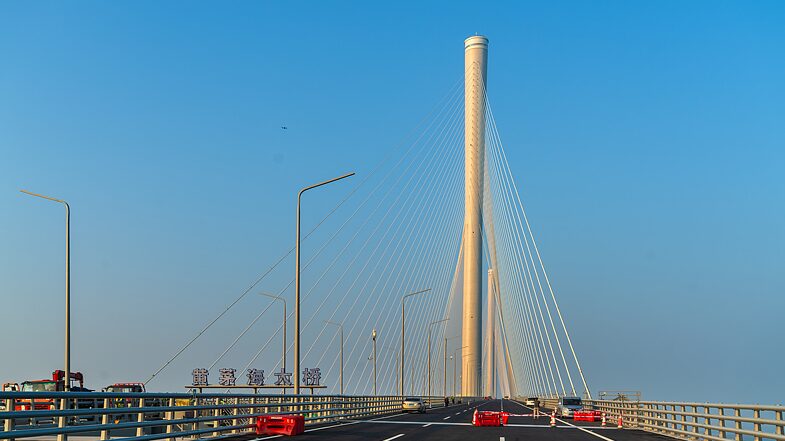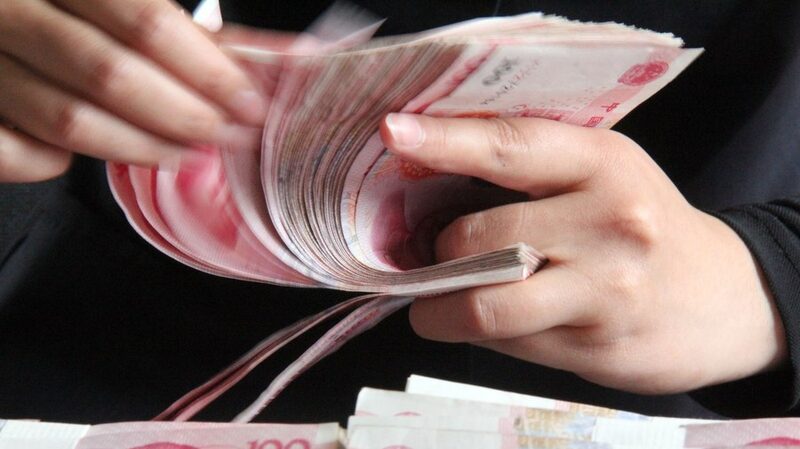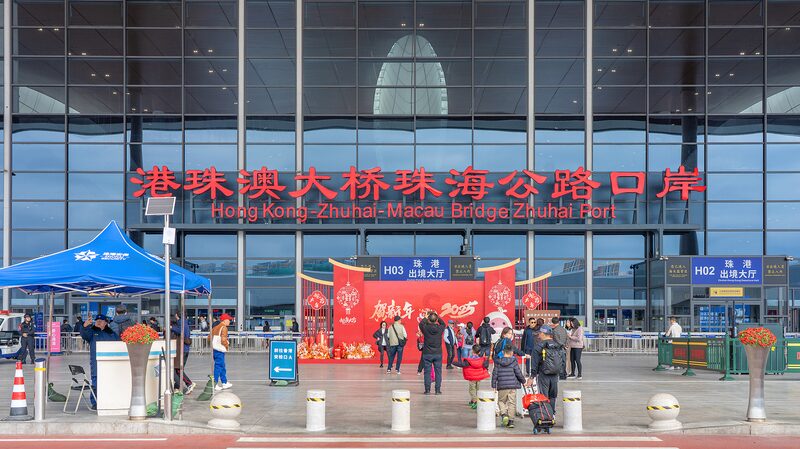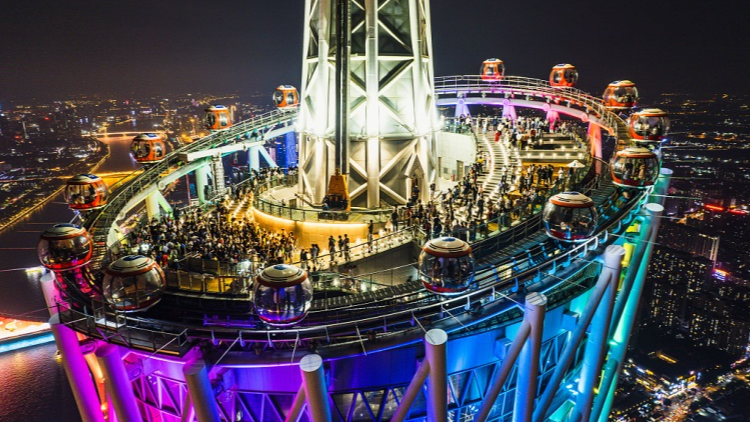February 18 marks the sixth anniversary of the Outline Development Plan for the Guangdong-Hong Kong-Macao Greater Bay Area (GBA). Over the past six years, this region, covering less than 0.6 percent of national land area, has generated over 11 percent of China's total economic output. The GBA's economic output surged from 10.8 trillion yuan ($1.49 trillion) to 14 trillion yuan, with an average annual growth rate of 5.5 percent. This impressive growth has positioned the GBA as the world's largest bay area, surpassing the Tokyo Bay Area.
This milestone underscores a significant achievement in China's regional economic development, highlighting the benefits of collaborative innovation among Guangdong, Hong Kong, and Macao under the \"One Country, Two Systems\" framework.
When the Outline Development Plan was unveiled in 2018, the GBA's economic aggregate stood at 10.8 trillion yuan. By 2023, this figure had surpassed 14 trillion yuan, marking an increase of 3.2 trillion yuan over five years. This remarkable expansion is driven by powerhouse cities like Shenzhen, Guangzhou, and Hong Kong. In 2023, Shenzhen's GDP reached 3.46 trillion yuan, ranking third nationally, while Guangzhou secured the fourth spot with 3.04 trillion yuan. Dongguan and Foshan have also entered the \"trillion-yuan club,\" creating a robust \"five-city linkage\" economic network with Hong Kong.
The GBA has transitioned from the traditional \"front shop, back factory\" model to a global value chain system characterized by \"Hong Kong service + Shenzhen innovation + Pearl River Delta manufacturing.\" The Pearl River Delta now focuses on eight trillion-yuan industrial clusters, including new-generation electronic information and smart home appliances.
Meanwhile, Hong Kong and Macao continue to drive the region's modernization through services such as finance and law, creating a complementary pattern. Hong Kong's cross-border financial and legal services provide essential international support to the industrial chain, enhancing the GBA's global competitiveness.
Over the past six years, monumental infrastructure projects like the Hong Kong-Zhuhai-Macao Bridge and the Shenzhen-Zhongshan Link have been completed, enabling major cities in the GBA to achieve a \"one-hour living circle.\" Additionally, the GBA's airport cluster boasts an annual passenger throughput capacity exceeding 280 million, and the port cluster handles 85 million twenty-foot equivalent units of container throughput, connecting to major global trading ports.
The region has also made significant strides in market integration. Initiatives such as the \"Hong Kong and Macao Medicine and Equipment Connect\" and \"cross-border financial connect,\" along with the establishment of 183 \"Greater Bay Area Standards,\" have enhanced cooperation among Guangdong, Hong Kong, and Macao. Platforms like Hengqin, Qianhai, and Nansha have introduced innovative models, such as \"Hengqin research and development + Zhuhai manufacturing,\" leveraging institutional innovation to create experimental fields for greater openness.
Reference(s):
China's Greater Bay Area: From regional synergy to global prominence
cgtn.com








